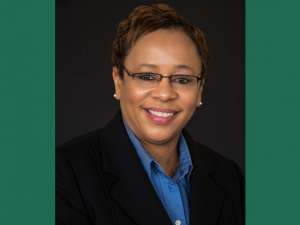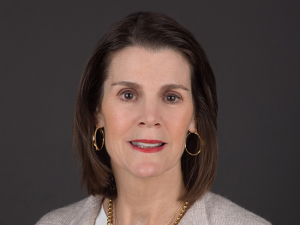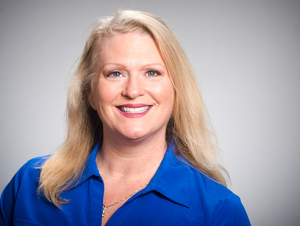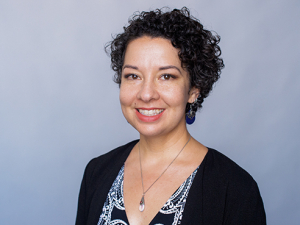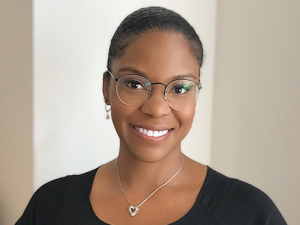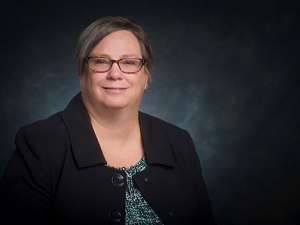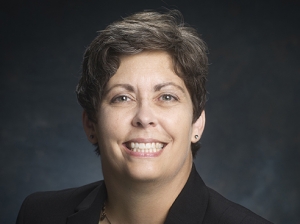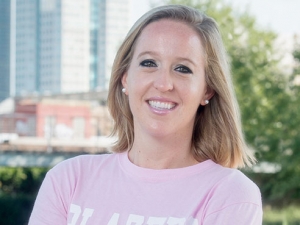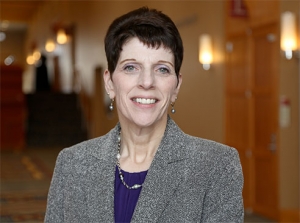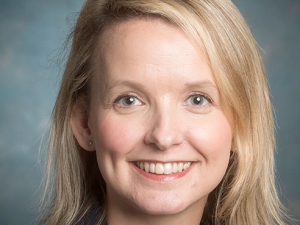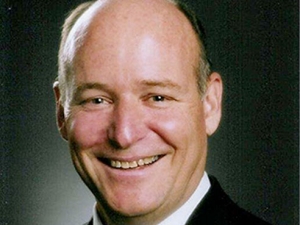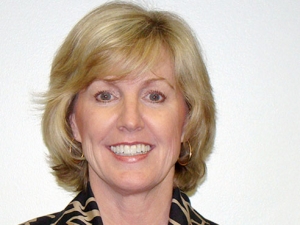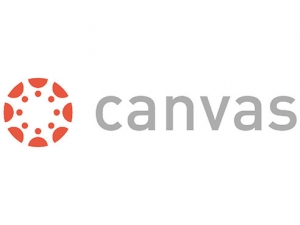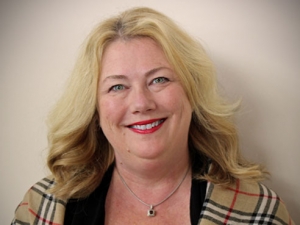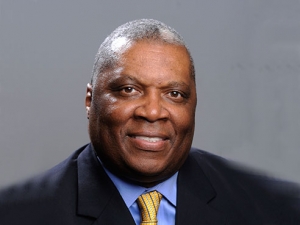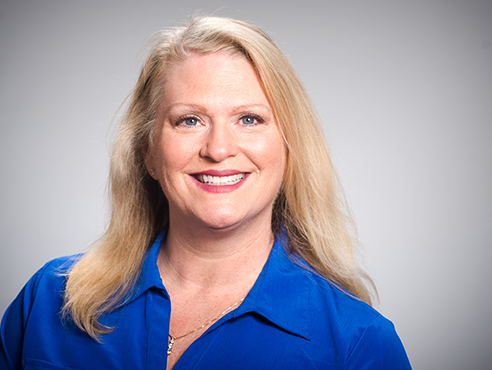 Donna Williamson, director of the UAB Office of Research and the new chair of the UAB Commission on the Status of WomenWomen form a large majority of UAB’s employee and student population — to the tune of 67% of employees and 63% of students. And earlier this year, UAB was recognized as one of just 13 institutions ranked as national leaders in racial and gender diversity in leadership, according to a 2021 report conducted by the Women’s Power Gap Initiative at the Eos Foundation, in partnership with the American Association of University Women. Women make up 50% of UAB’s academic deans, 29% of tenured full professors and 38% of the university’s president’s cabinet. Additionally, UAB’s provost, Pam Benoit, Ph.D., is a woman, as are two of UAB’s past presidents.
Donna Williamson, director of the UAB Office of Research and the new chair of the UAB Commission on the Status of WomenWomen form a large majority of UAB’s employee and student population — to the tune of 67% of employees and 63% of students. And earlier this year, UAB was recognized as one of just 13 institutions ranked as national leaders in racial and gender diversity in leadership, according to a 2021 report conducted by the Women’s Power Gap Initiative at the Eos Foundation, in partnership with the American Association of University Women. Women make up 50% of UAB’s academic deans, 29% of tenured full professors and 38% of the university’s president’s cabinet. Additionally, UAB’s provost, Pam Benoit, Ph.D., is a woman, as are two of UAB’s past presidents.
But there’s more to the story than just percentage points — and that’s where the UAB Commission on the Status of Women comes in. The commission, founded in 2005, promotes gender inclusion and equity by supporting and improving options and opportunities for women at every stage of their education and career at UAB.
During the commission’s tenure, the group has advocated successfully for UAB’s paid parental leave policy, implemented in 2015 and built on a proposal from the commission. It also has supported the creation of a network of dozens of private, dedicated lactation rooms throughout campus for employees, students and visitors, maintained by the commission’s Lactation Subcommittee in partnership with campus building administrators. (See a list of locations online and find them on the Campus Map.)
|
“I am confident in our abilities, excited about the goals we have set and thankful for the support of the president and senior leadership.” |
Donna Williamson, director of Research Safety Committees in the UAB Office of Research and the new chair of the UAB Commission on the Status of Women, says the commission will continue to advocate for women on campus during her tenure and beyond. One of her goals is for the commission to generate a women-centered status report for UAB leadership, looking beyond just numbers to ensure UAB is inclusively and equitably meeting the needs of women faculty, staff and students.
“UAB is still a young university, but in our short time, we have experienced unparalleled growth,” said Williamson, who has worked at UAB since 1999. She has been involved with the CSW since 2018, serving as both vice chair and the representative from the Office of Research.
“UAB is recognized worldwide for excellence in education, research and health care. We were named America’s best large employer in 2021. Are we done? Absolutely not. Are we perfect? Far from it. Will we keep striving to be the best? Absolutely. In my 24 years with UAB, it has been my experience that everyone here, regardless of the role they play, applies the UAB shared values in their daily routine. President Watts and UAB leadership recognize that, to play a part in the decisions that get made, you not only have to have a voice — you have to have a seat at the table. The CSW provides that seat at the table to ensure women are considered equitably.”
|
“In my 24 years with UAB, it has been my experience that everyone here, regardless of the role they play, applies the UAB shared values in their daily routine.” |
Continuing the legacy
The CSW’s best-known programs also will continue, Williamson says. The commission hosts the annual Padma Awards (formerly the Outstanding Women Awards), which honor those who persevere in support of underrepresented populations. It also organizes the annual Suits for Success clothing drive, which collects work-appropriate attire for women to support My Sister’s Closet, an outreach program of the YWCA that provides clothing for women interviewing for or holding jobs.
The CSW remains committed, Williamson says, to its original mission of ensuring “UAB meets the needs of women faculty, staff and students through a forum that advocates and examines the progress of the university’s commitment to securing equitable opportunities and rewards for all.” That mission was set forth at the commission’s founding by its first chair, Mona Fouad, M.D., a nationally recognized leader in health disparities research and senior associate dean for Diversity and Inclusion in the UAB Marnix E. Heersink School of Medicine, who now also is an associate vice president in the UAB Office of Diversity, Equity and Inclusion.
|
Earlier this year, UAB was recognized as one of just 13 institutions ranked as national leaders in racial and gender diversity in leadership. Women make up 50% of UAB’s academic deans, 29% of tenured full professors and 38% of the university’s president’s cabinet. Additionally, UAB’s provost, Pam Benoit, P.D., is a woman, as are two of UAB’s past presidents. |
“This remains our primary focus 17 years later,” Williamson said. “I would be fibbing if I said I wasn’t a little nervous about being asked to chair this group of incredible UAB leaders. I am, however, confident in our abilities, excited about the goals we have set and thankful for the support of the president and senior leadership.”
Seeing the possibilities
Williamson admits she spent some time at UAB unaware of the work the CSW was doing; it wasn’t until she was nominated as a commission representative for the Office of Research by Chris Brown, Ph.D., vice president for Research. But when she began digging into the CSW’s mission and prior accomplishments, she says she was immediately “in awe of these amazing women."
“I recognized immediately that I had been presented with an opportunity, and I wasn’t about to waste it,” she explained. “I quickly jumped in and volunteered for lots of different things so I could get to know and work with women from all across campus, and I could learn and support the various programs offered by the CSW. The old saying ‘the more you give, the more you receive’ has proved correct. Working together as a team toward common goals, supporting and encouraging one another along the way, making sure UAB remains the best place to work for all — it’s so rewarding.”
Envisioning the future
|
Women form a large majority of UAB’s employee and student population — to the tune of 67% of employees and 63% of students. |
As the state’s largest employer with more than 27,000 employees, and with an annual state economic impact of more than $7 billion, UAB has a unique opportunity to set an example for ensuring equity and inclusion across its entire enterprise — a commitment that can have a ripple effect into local communities and beyond, Williamson says, and the CSW’s work is a significant part of that.
“I grew up in a time when we didn’t talk about how men and women and boys and girls are sometimes treated differently and afforded different opportunities,” she said. “I think things are better now than they were for my mom and grandmothers, but if you ask the women in your life — we all have stories. I’d like to think that the work we are doing will make things even better for our daughters and granddaughters.”
